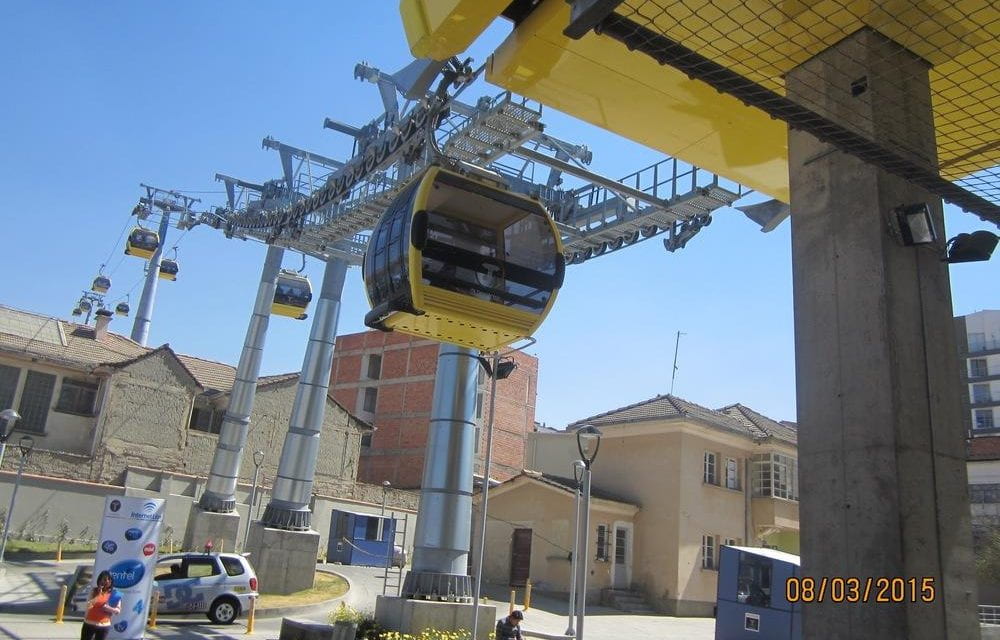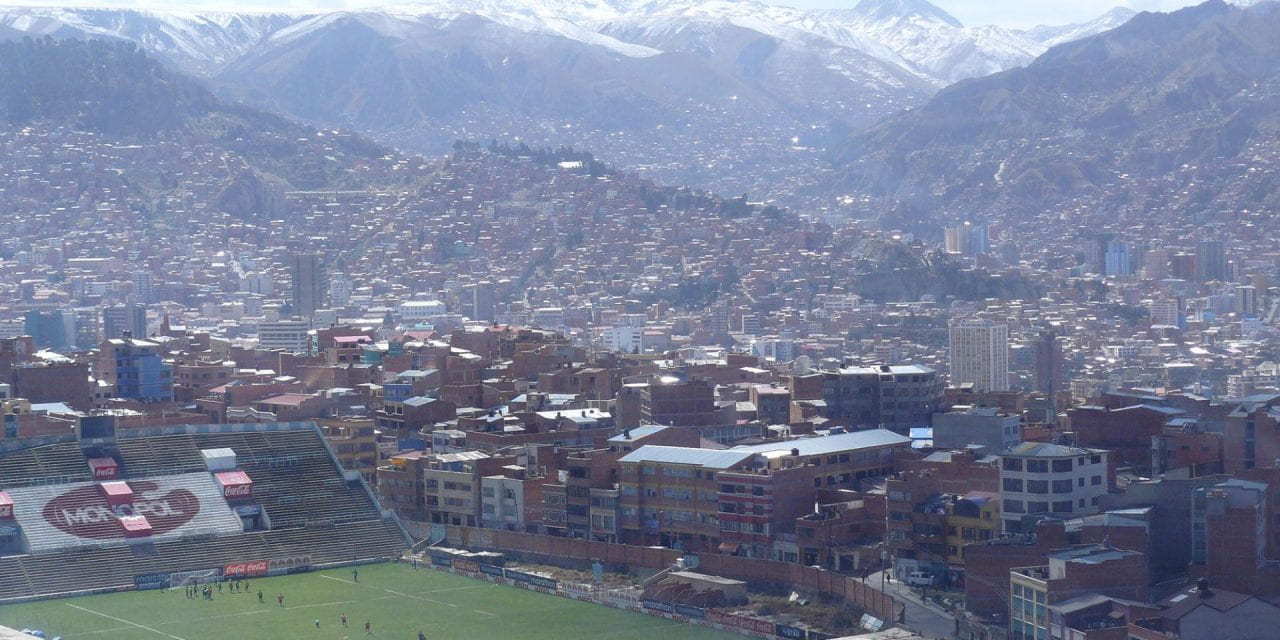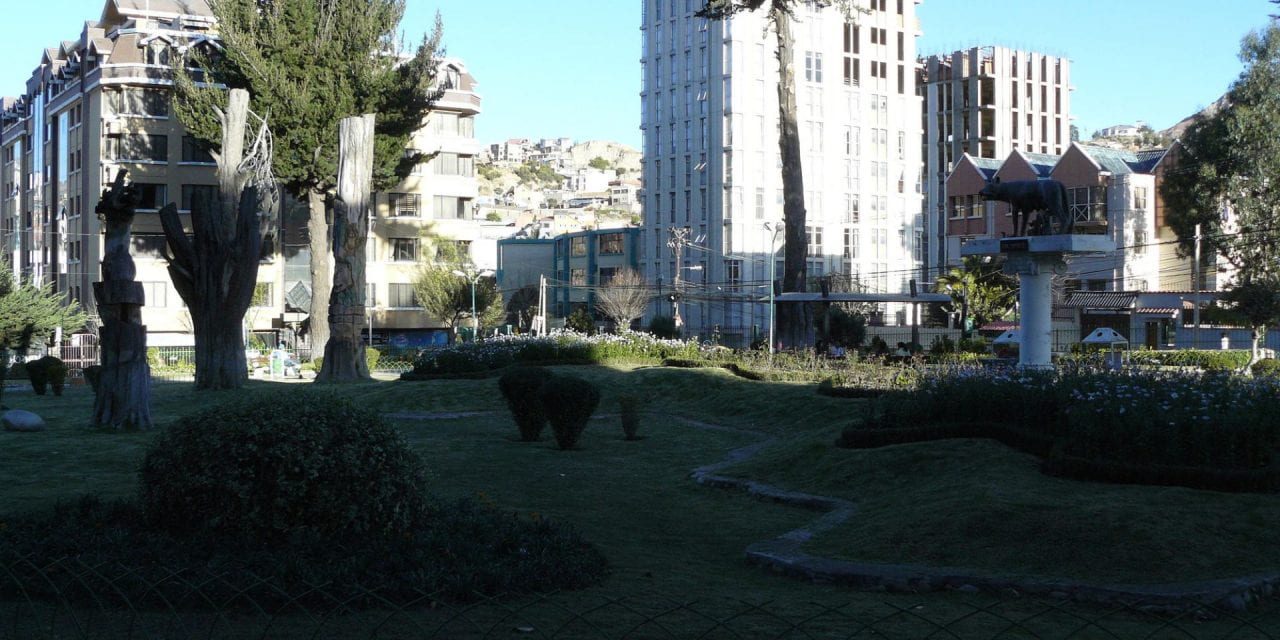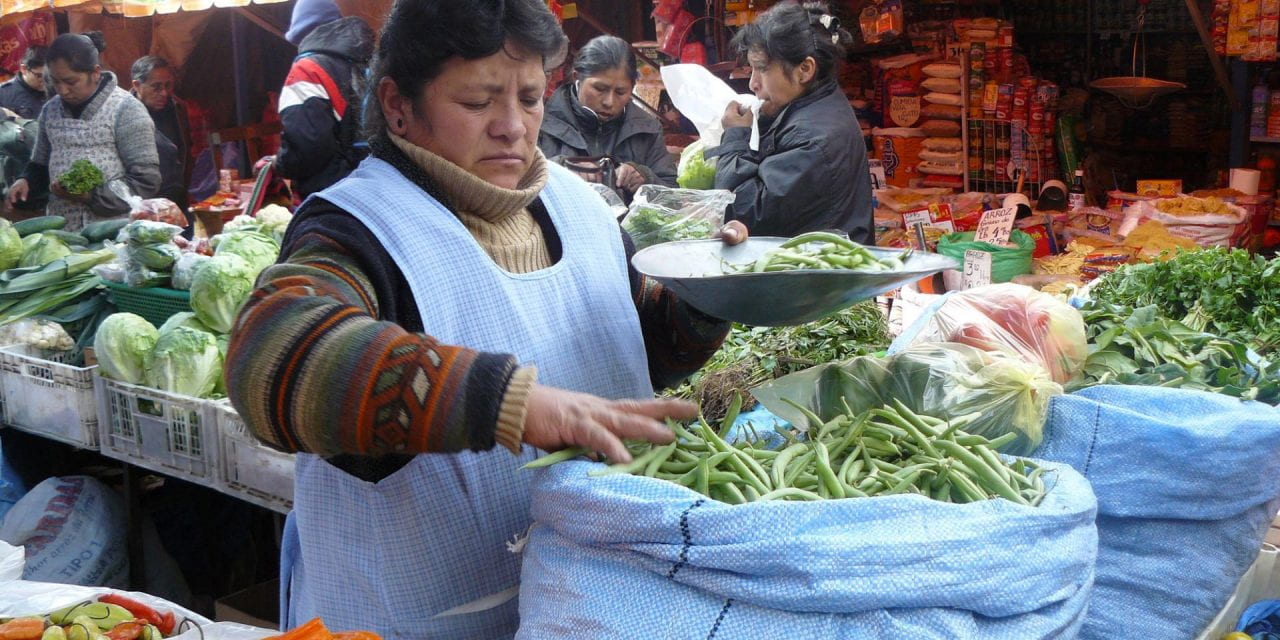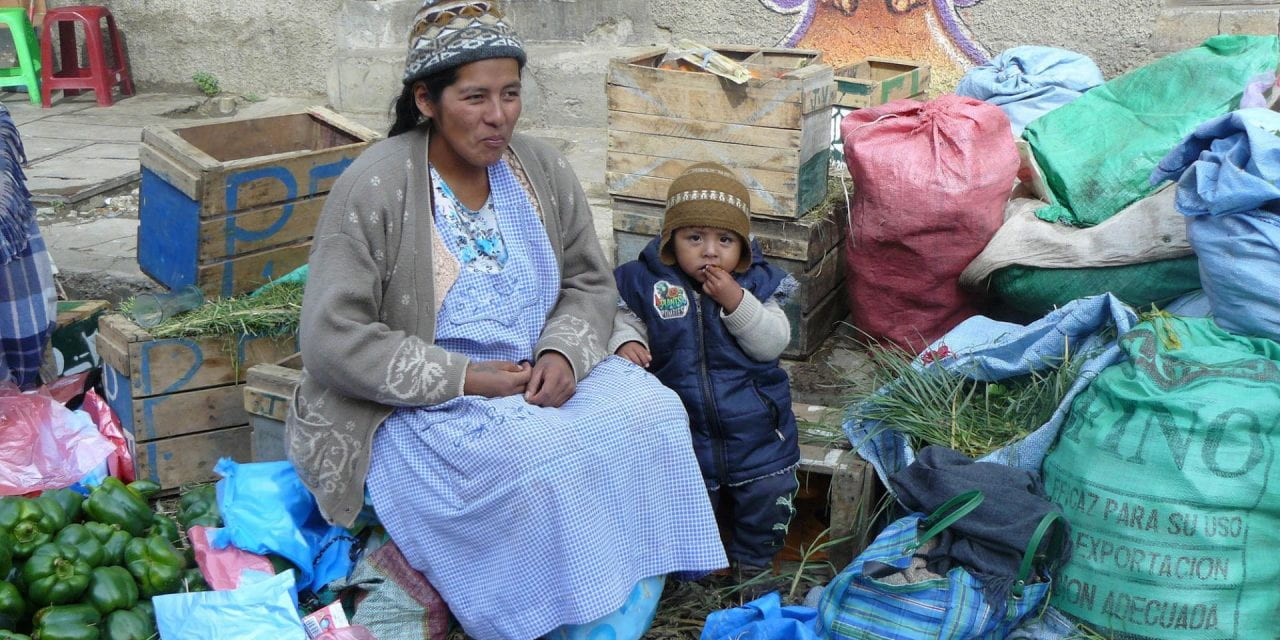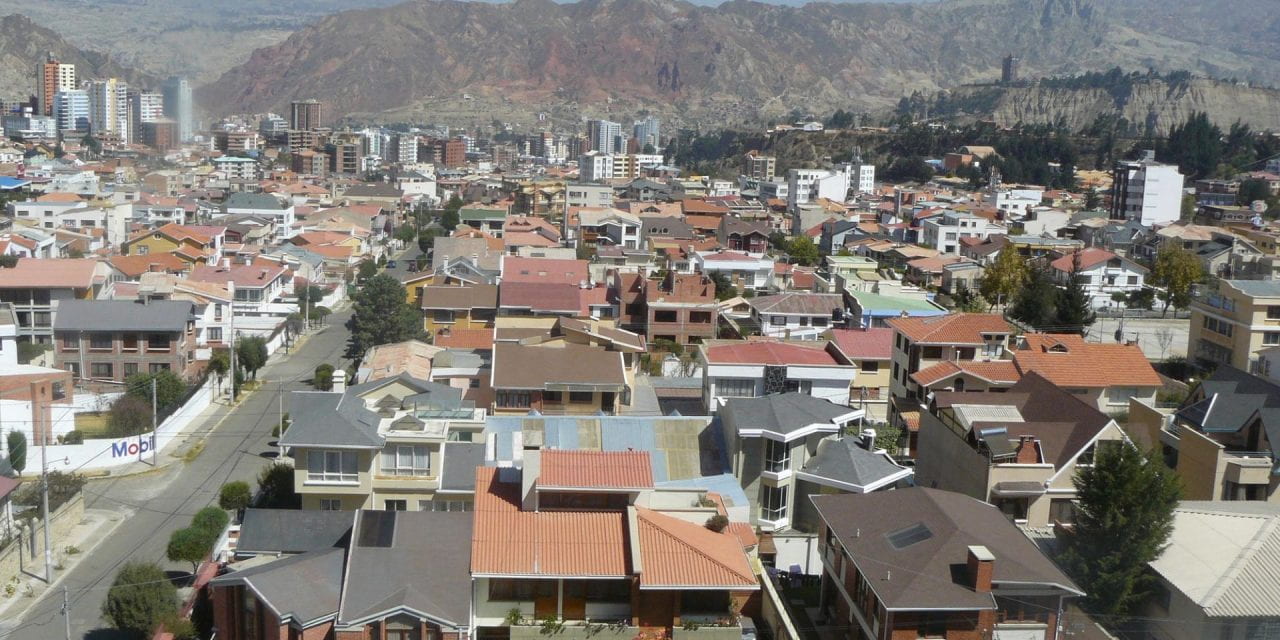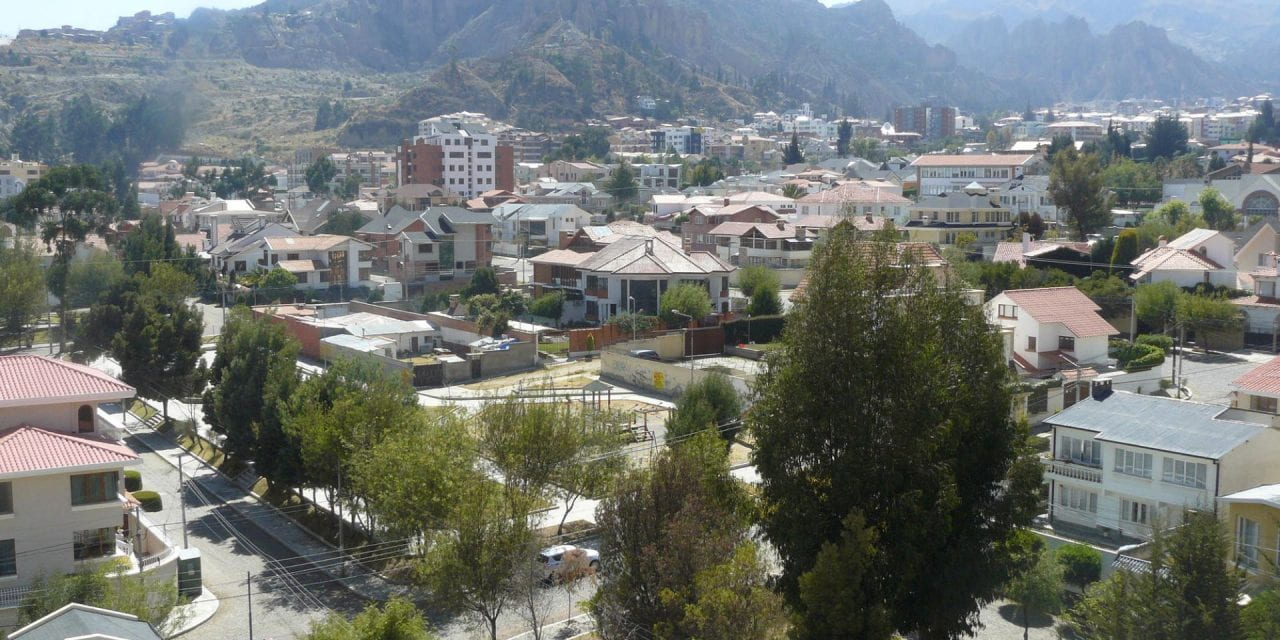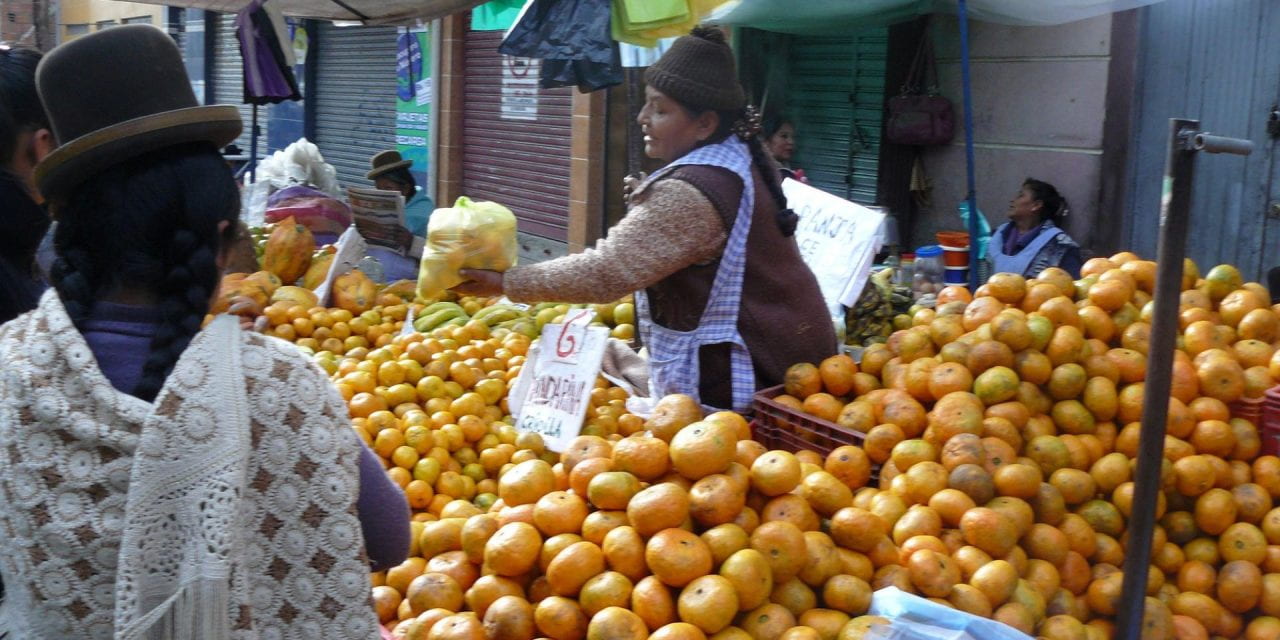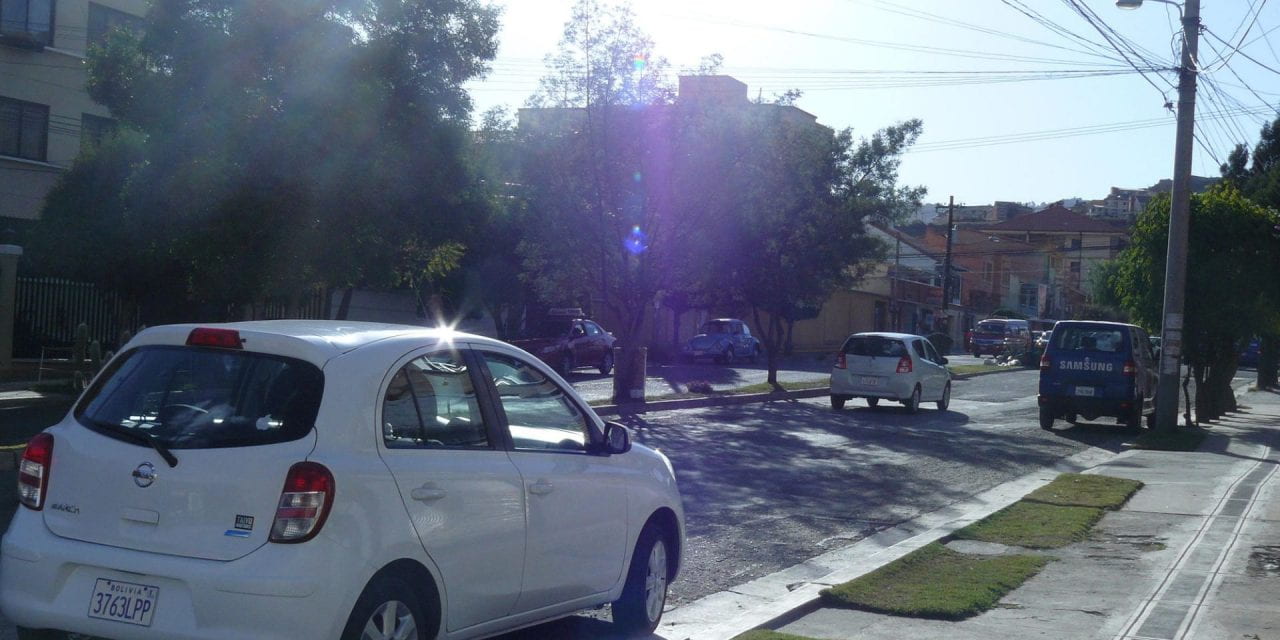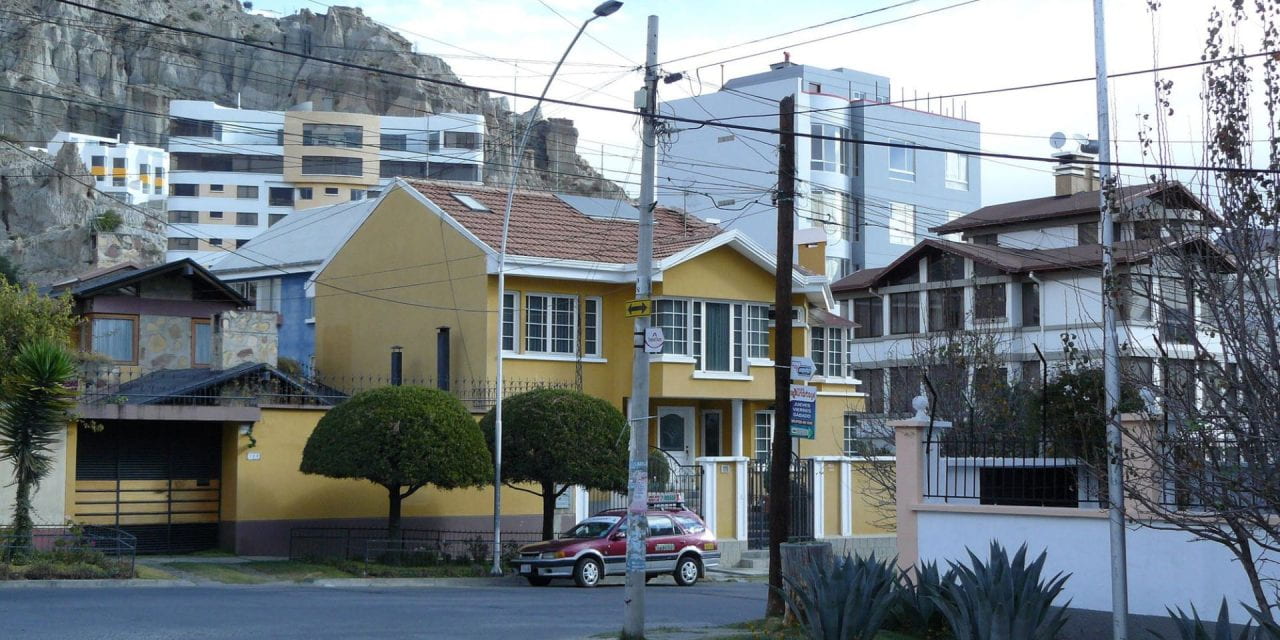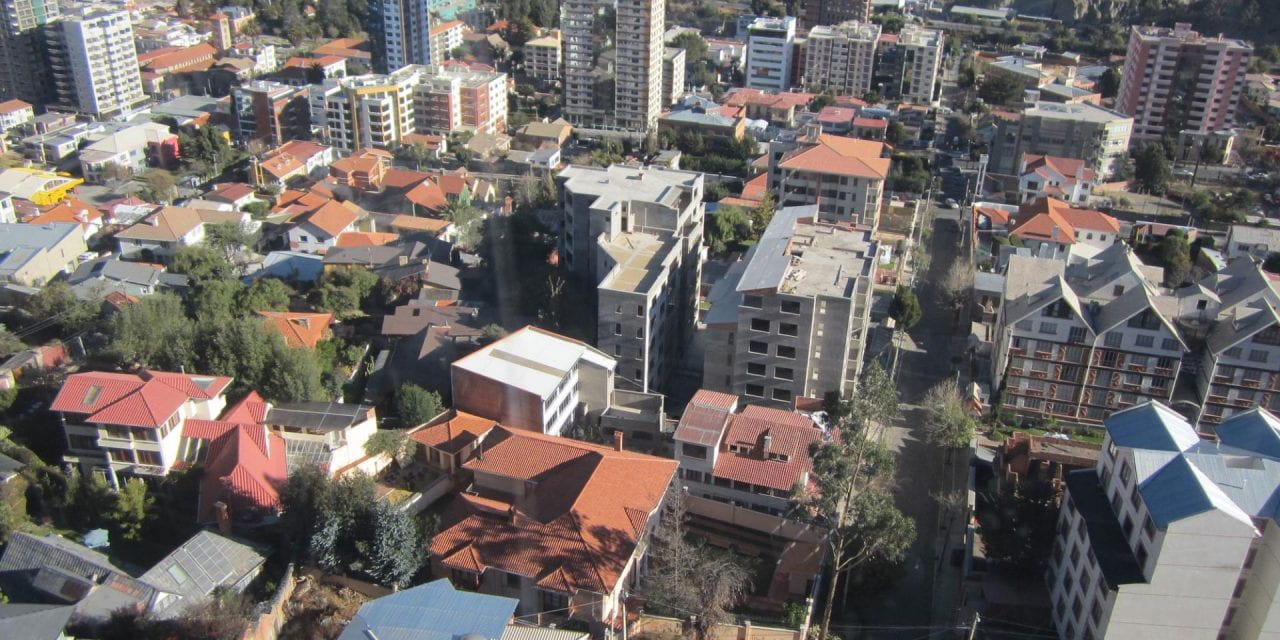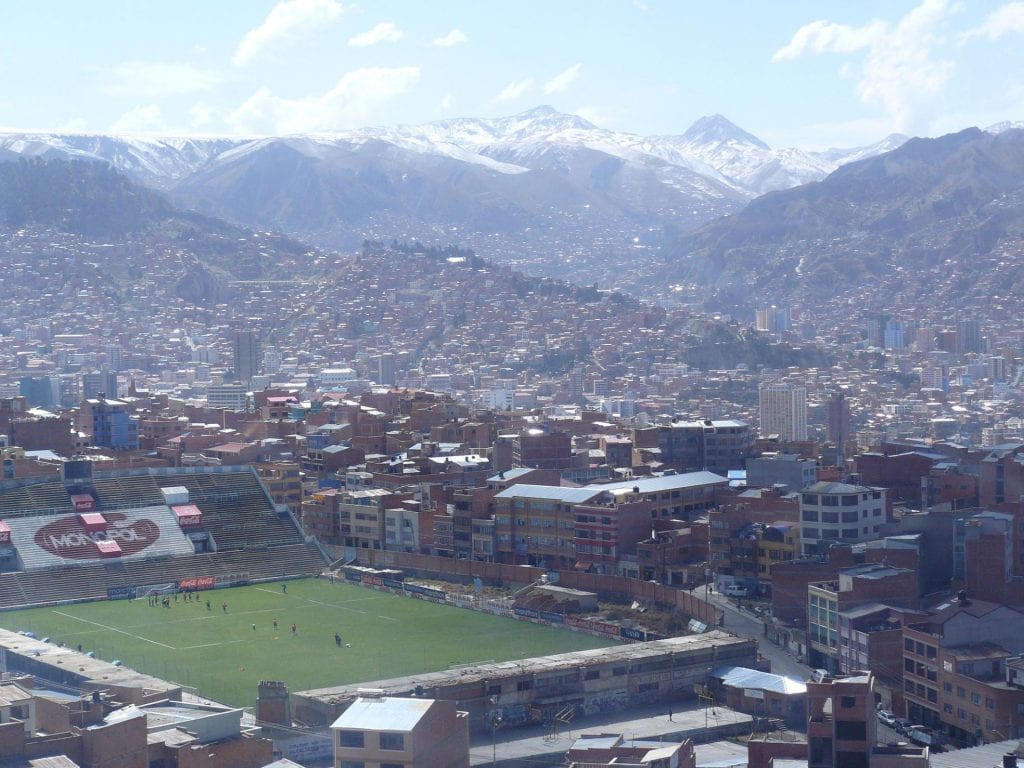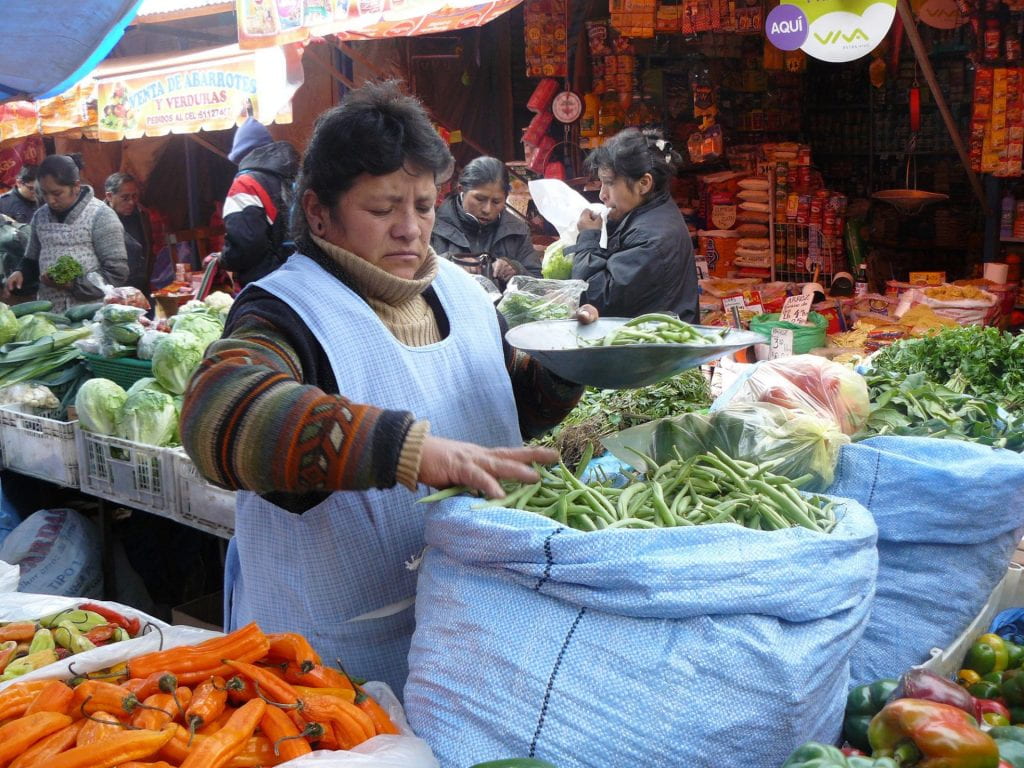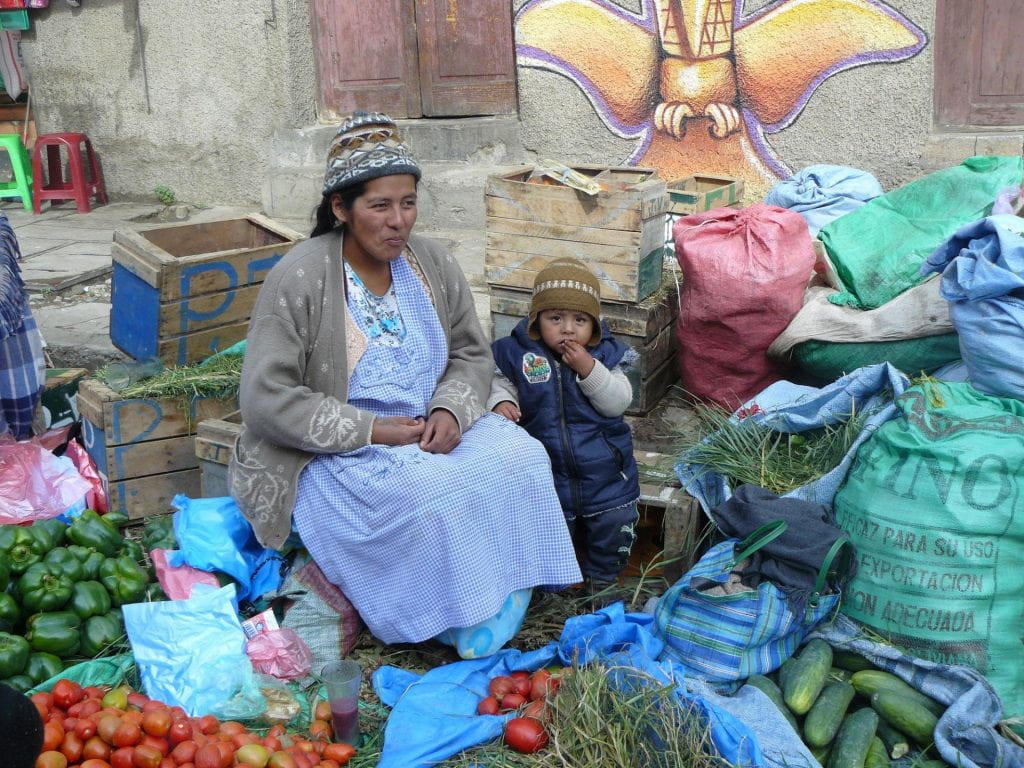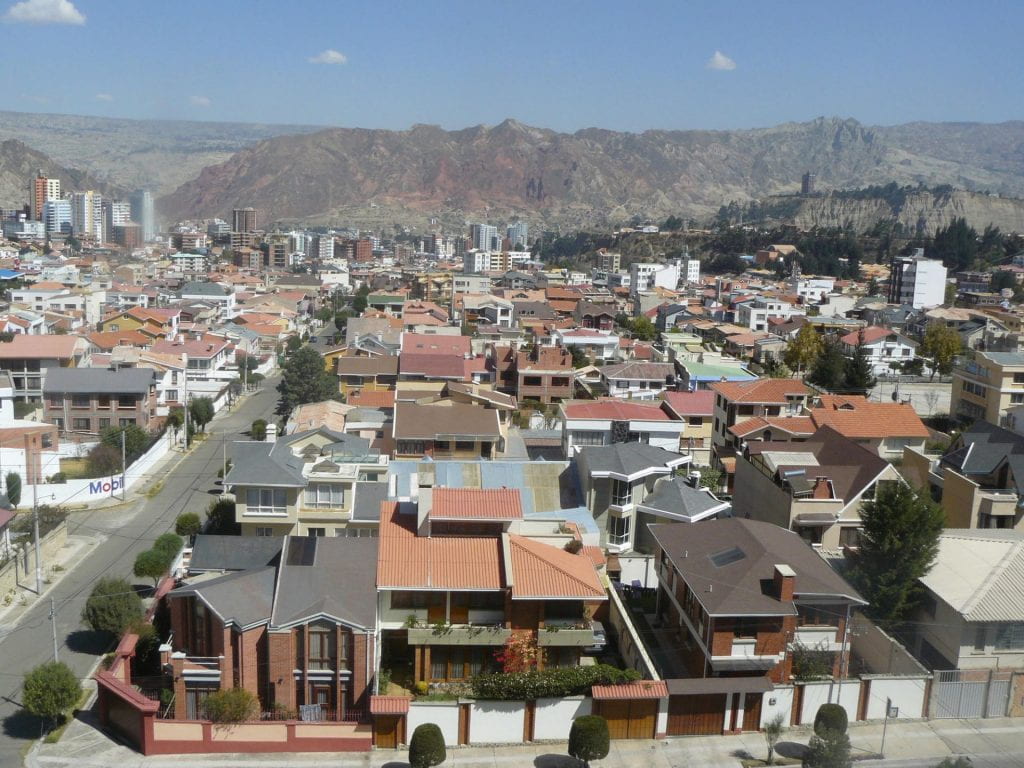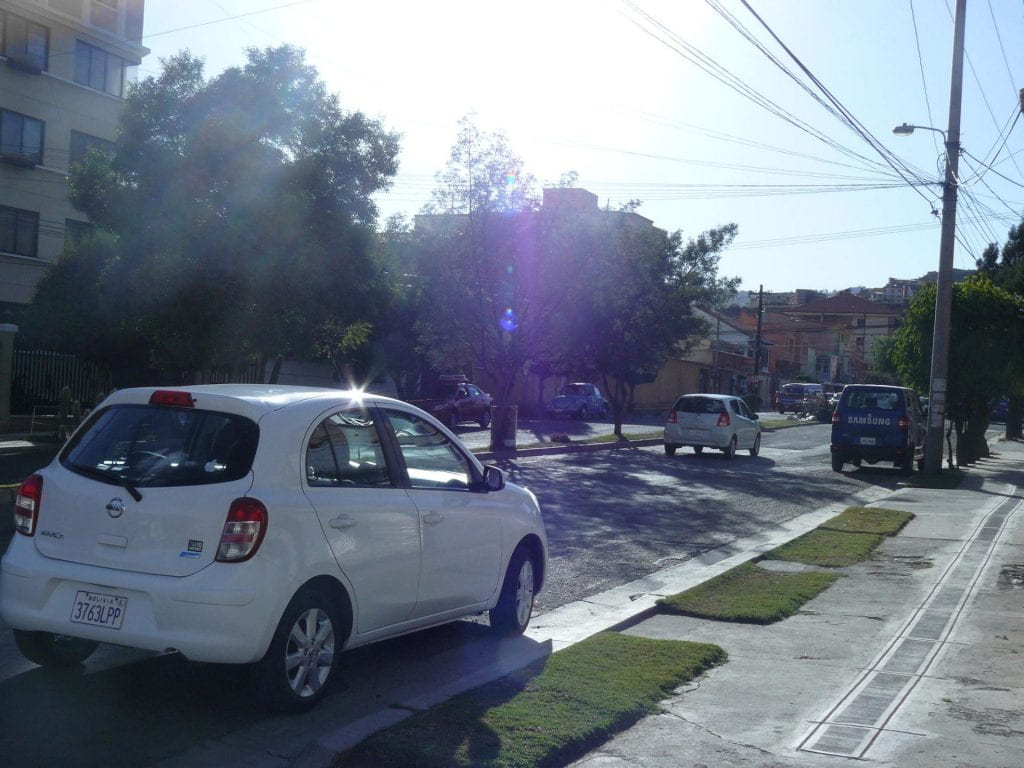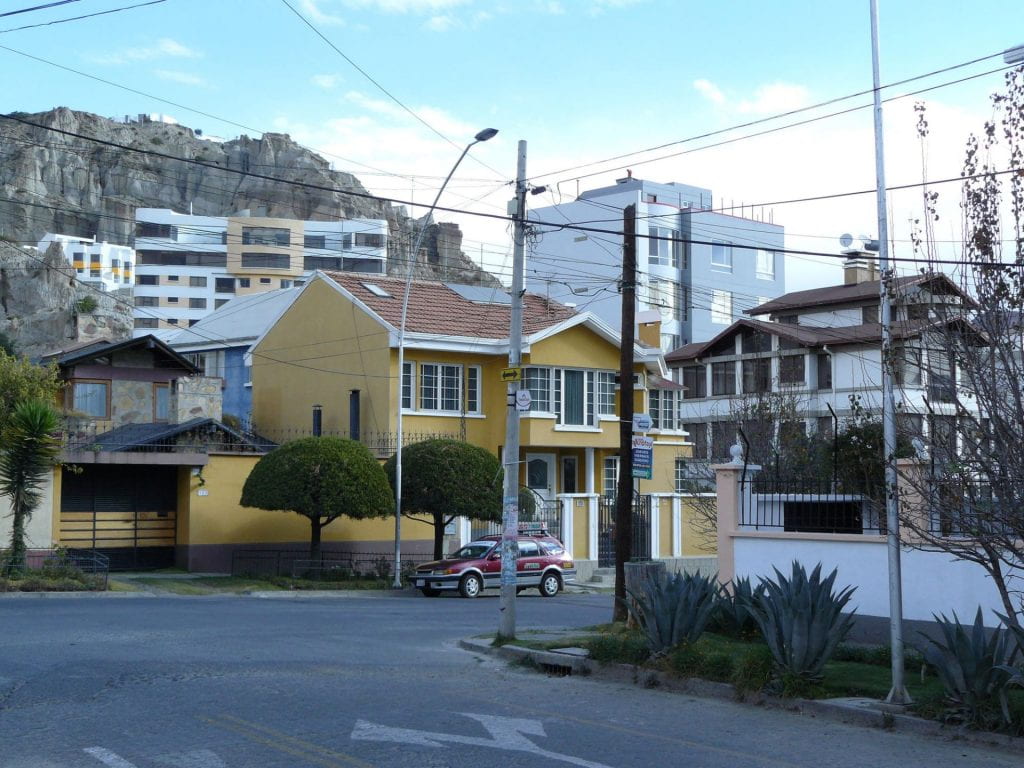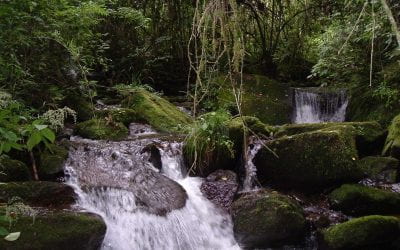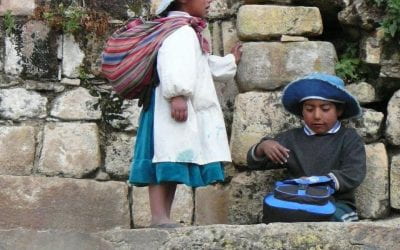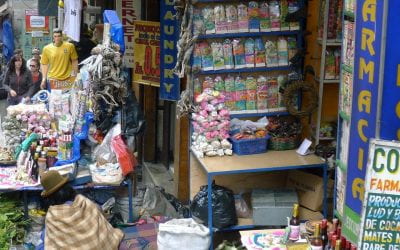Vivian Fernández: Student Perspective
A Photoessay by Vivian M. Fernández
Written Summer of 2015
These series of photographs, all shot in the city of La Paz, Bolivia help to shed light on the manner and quality in which the middle and upper class of Bolivia live. El Mercado Roberto Rodriguez is La Paz’s largest food market, and it is here that many of the city’s middle-class acquire their food. Here you can find caseras (vendors) selling a variety of foods: mounds of orange mandarin oranges, heaps of green beans, bunches of broccoli and cauliflower, fishes ranging in size and various types of meat. Buyers walk around talking to vendors, asking for their yapita (bonus/addition to their purchase) before placing their purchases in huge plastic tote bags and wandering off to the next stall. While this market is open the entire week, its busiest days are Saturdays and Sundays when most people come to do their weekly purchases.
The neighborhoods of Obrajes, San Miguel and Achumani are all very well off and have become major commercial and financial sectors in addition to being residential areas. Banks, businesses, shops, malls and international firms are now common sights in these neighborhoods. New constructions can also be seen quite frequently, especially in Achumani where apartment buildings and mansions are being built on vast areas of property. The urbanization that La Paz has undergone can further be seen through the project “Mi Teleférico,” an aerial cable car system that officially started working in 2014. It currently has 3 functioning lines: yellow, red and green, with plans for more operating lines in the works. Not only does it help to connect various neighborhoods and alleviates the previous public transportation congestion, it also offers beautiful views of the city of La Paz.
** Note: This photoessay was written in Summer of 2015. As of the date of publication, “Mi Teleferico” has expanded to include 10 functioning lines (Red, Yellow, Green, Blue, Orange, White, Sky Blue, Purple, Brown and Silver) with an additional line (Gold) in the works.
Related Articles
Reciprocal Agreements for Water
September 21, 1967. A hot wind sweeps tumbleweed through the village of Alto Seco. Women peer from behind drawn shutters, to catch a glimpse of the visitors who arrived earlier in the day. They had walked slowly into the village, carrying immense backpacks. The men made camp in an abandoned house next to a waterhole, and during the evening talked to a group of 15 amazed and silent peasants …
The New Bolivian Education Law
They marched determinedly down Bolivia’s Santa Cruz-Trinidad highway under the hot sun. It was July of 2010, and Bolivia’s most prominent lowland indigenous organization, CIDOB (Confederation of Indigenous Peoples of the Bolivian Oriente) was marching to demand modifications to the new Law of Autonomies (or Self-Determination) and Decentralization, created by Evo Morales’s largely Andean party …
Medical Practices in Bolivia
On the sixth floor of an older building in La Paz is a small office with a modest sign printed on standard computer paper. The dim light in the narrow hallway makes it difficult for me to read the sign. I notice a poster on the door advertising the “Primer Encuentro Nacional de Plantas Medicinales de Bolivia,” the First National Meeting on Bolivian Medicinal Plants, held in December 2010 under the sponsorship of this office. …

